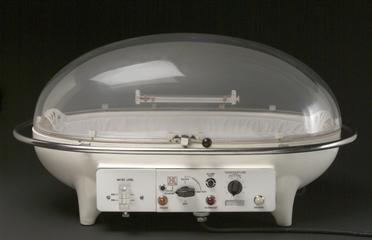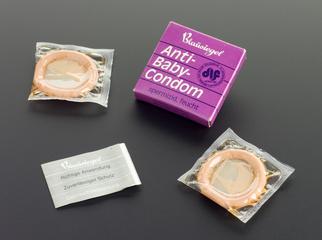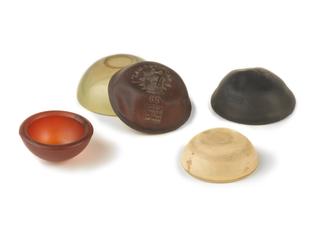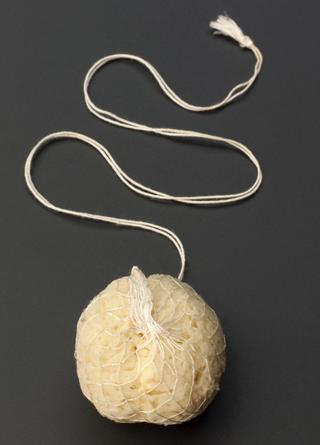
Ovulation test system, England, 1988
- maker:
- Unipath Limited


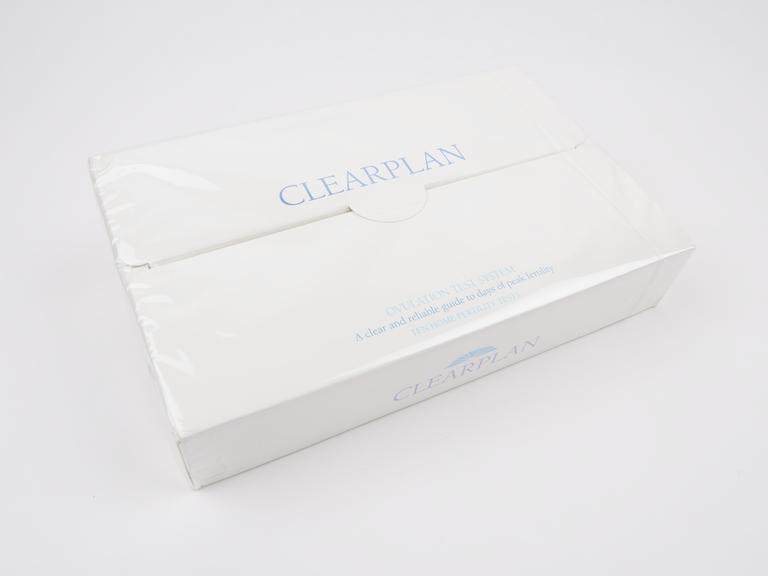
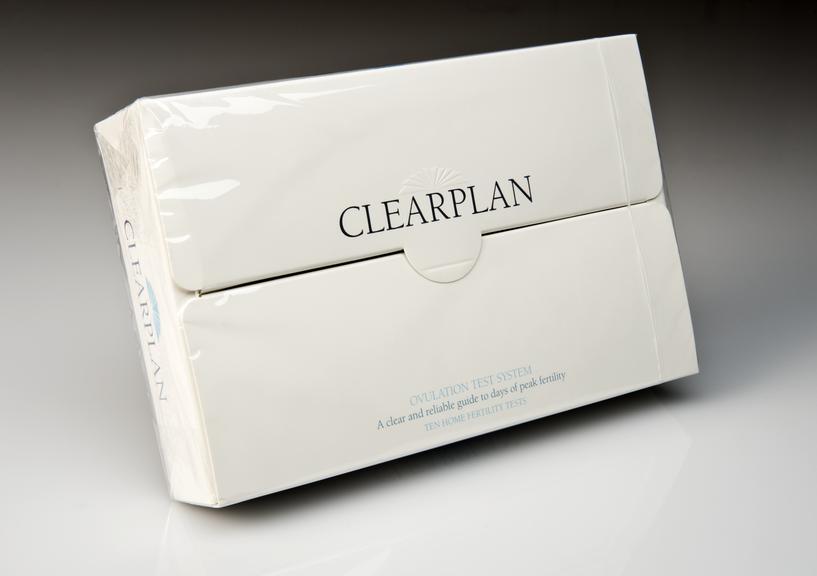
"Clearplan" home ovulation test system, used to monitor fertility, by Unipath Ltd., England 1988
Women used the ovulation test system to determine their date of ovulation. This gave the optimum time for conception. Ovulation is when the ovaries release an egg. The egg travels into the womb where it is either fertilised or leaves the body during a woman’s period.
The kit contains ten sampler sticks. These are enough to perform a full series of tests for one month. Each stick is laced with a chemical which monitors the amount of luteinising hormone (LH) in the body. LH increases 24-36 hours before ovulation. The sampler sticks are held in the urine flow. The tip turns varying shades of blue depending on the amount of LH in the urine. A woman pinpoints when she is most fertile by comparing the results to the colour chart provided.
Details
- Category:
- Obstetrics, Gynaecology & Contraception
- Object Number:
- 1988-991
- Materials:
- cardboard and cellophane
- Measurements:
-
overall: 151 mm x 235 mm x 46 mm, .297 kg
- type:
- ovulation test
- credit:
- Unipath Limited
